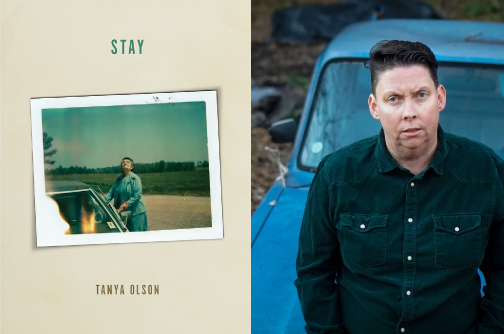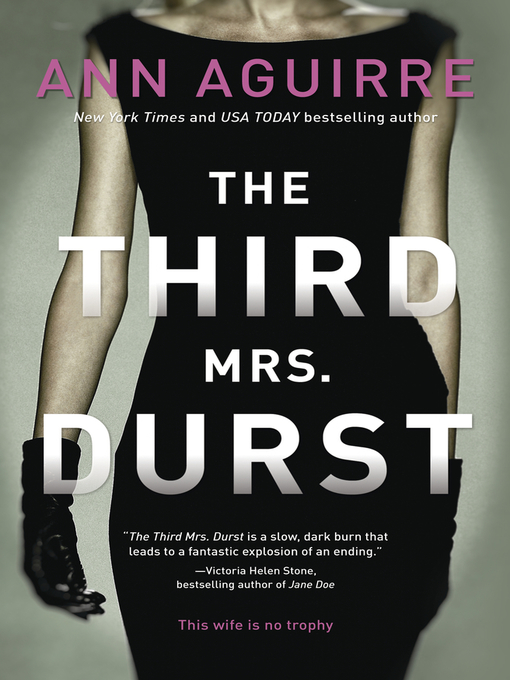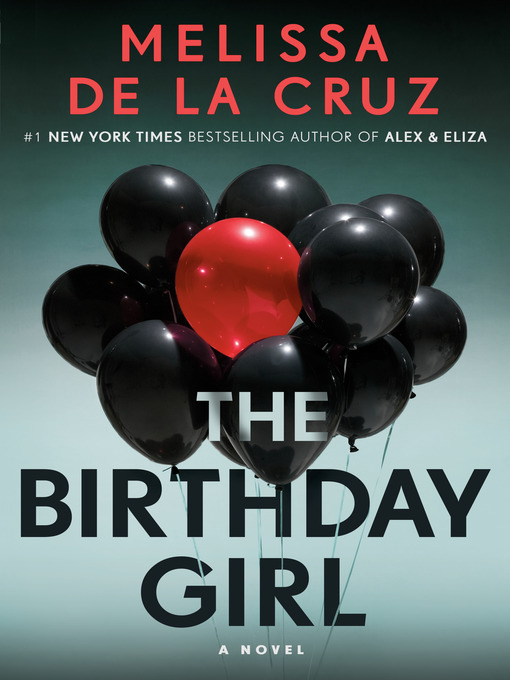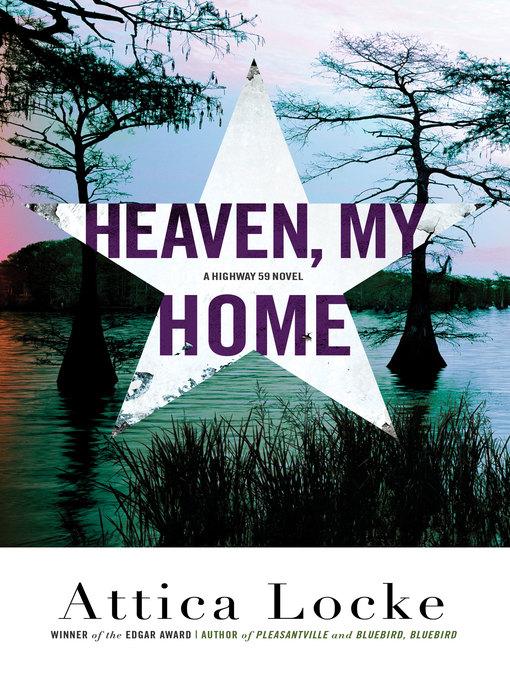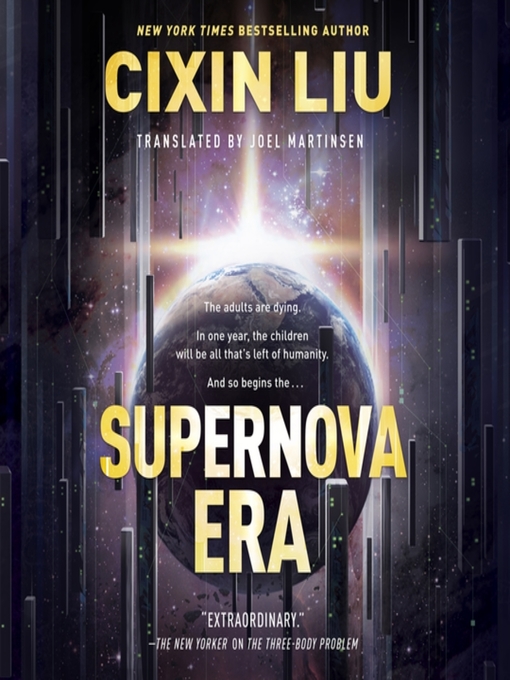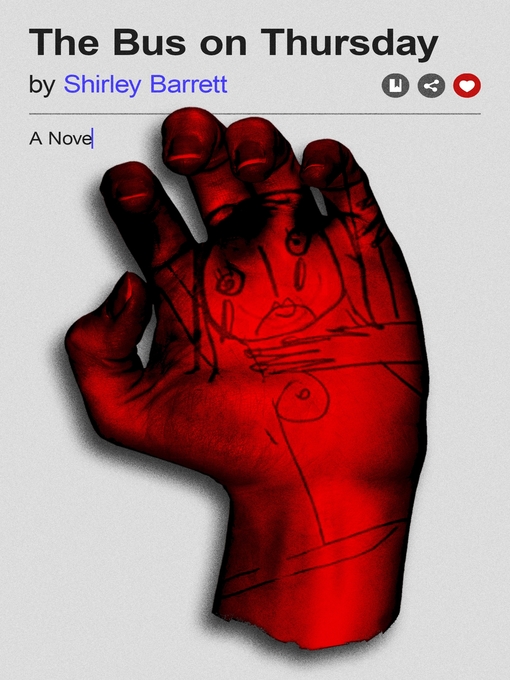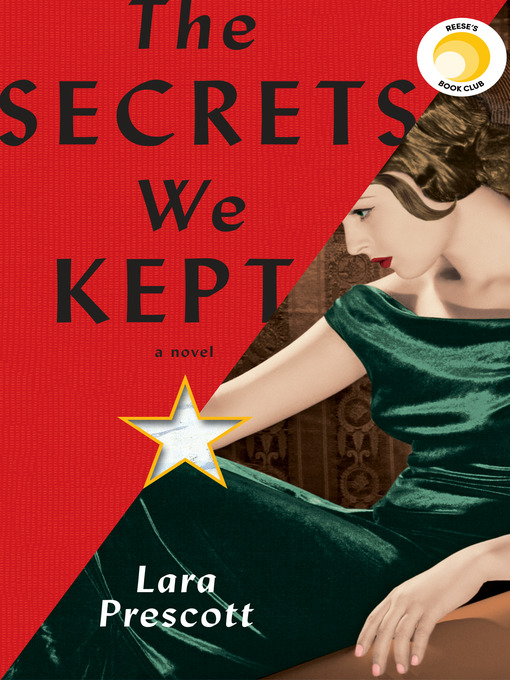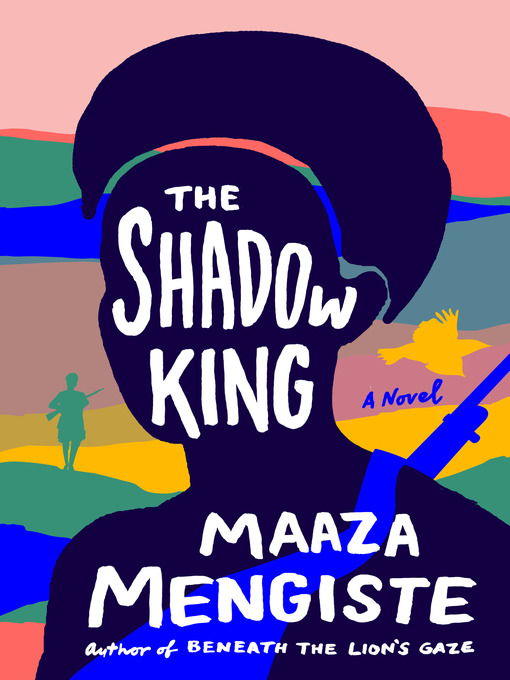Everyone has a story to tell. And memoirs do just that, highlighting the author’s experiences while inspiring, informing, and expanding their readers’ thinking. Don’t miss out reading some of the latest memoirs to hit the Pratt’s shelves.
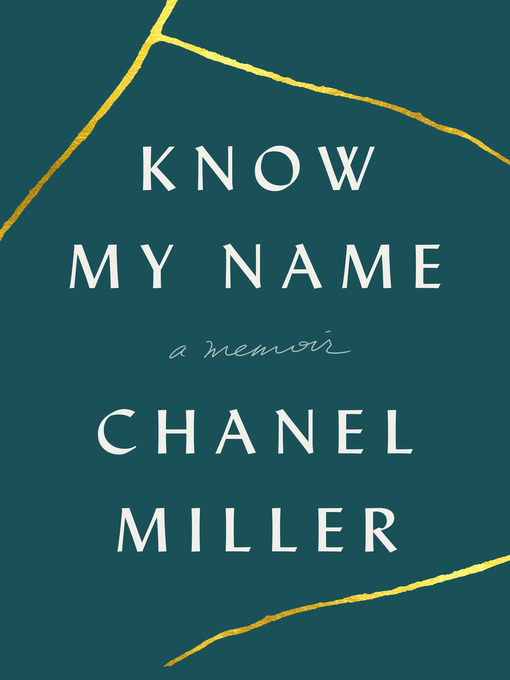
She was known to the world as Emily Doe when she stunned millions with a letter. Brock Turner had been sentenced to just six months in county jail after he was found sexually assaulting her on Stanford’s campus. Her victim impact statement inspired changes in California law and thousands to share their own experiences of assault. Now she reclaims her identity to tell her story of trauma, transcendence, and the power of words.
Coming soon on September 23!

Permanent Record
By Edward Snowden
In 2013, Edward Snowden shocked the world when he revealed that the United States government was attempting an unprecedented system of mass surveillance. Six years later, Snowden reveals for the very first time how he helped to build this system and why he was moved to expose it. Permanent Record is the extraordinary account of a bright young man who grew up online—a man who became a spy, a whistleblower, and, in exile, the Internet’s conscience.

Standing Together: The Inspirational Story of a Wounded Warrior and Enduring Love
By Carlos R. Evans
When US Marine Corps Sergeant Carlos Evans stepped on an IED during his fourth deployment, his life was forever changed. After losing both legs and left hand, Carlos and his wife, Rosemarie, went through the rehabilitation process together for two years. With the help of family, friends, and–most importantly―a strong faith, they’ve built a solid marriage and discovered a ministry they never expected.

No Tougher Duty, No Greater Honor: A Memoir of a Mortuary Affairs Marine
By L. Christian Bussler
In 2002, Christian Bussler was an everyday postal letter carrier in Springfield, Ohio. With a single phone call, his life changes to being an active participant on the frontlines of the Iraq war. Don’t miss this truly unforgettable autobiographical account from the perspective of a Marine Reservist assigned to recover our fallen service members off of the battlefield and send them home with honor.
